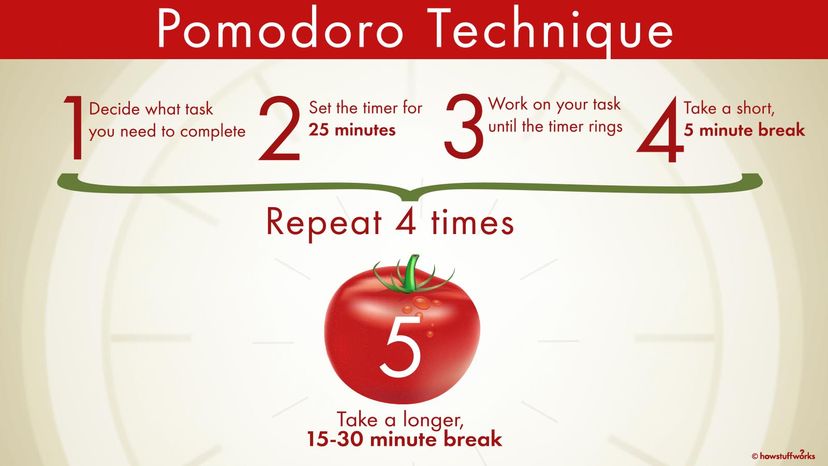
Imagine a student who has a big school project due soon. Or an employee trying to meet an important deadline. Staying on task and working until the assignments are complete might seem like the best way to reach the end goals.
But just like cramming is a bad study method, powering through to complete a task isn't the most effective way to finish projects either, and it definitely won't produce the best work. That's according to Francesco Cirillo, creator of the Pomodoro Technique, a time-management system that teaches you to work with time instead of fight against it.
Advertisement
Whether your problem is procrastination, overbooking or simple laziness, making the most of time creates pressure that often leads to inefficiency. It can be a vicious cycle, turning time into the enemy. To change time to something that works for you rather than against you, Cirillo developed his method, and it's been helping people stay on task since the 1980s. More than 2 million people have used it to become more productive and focused.

